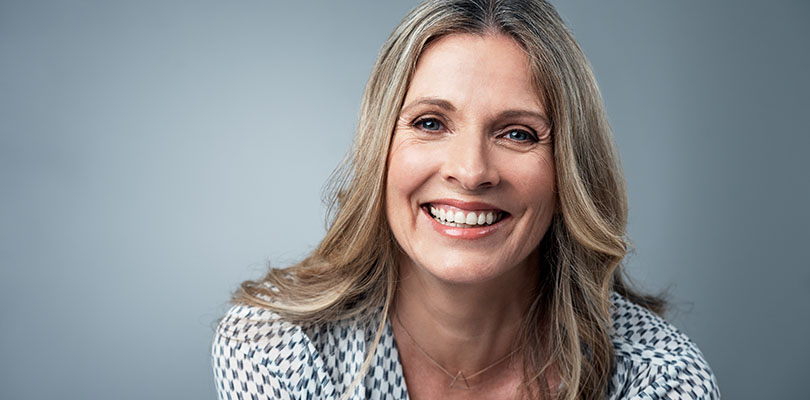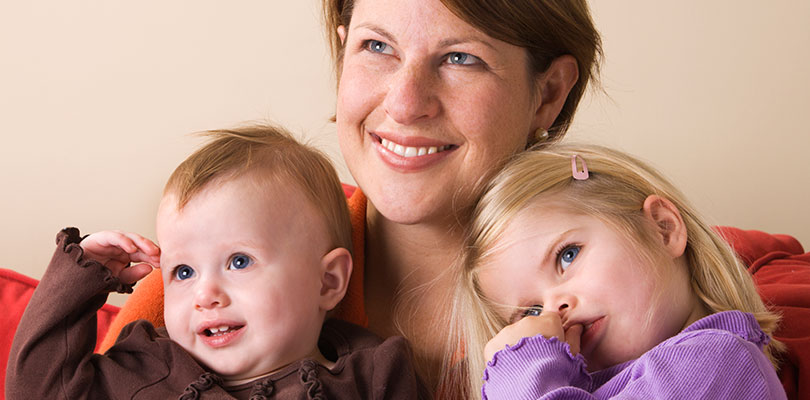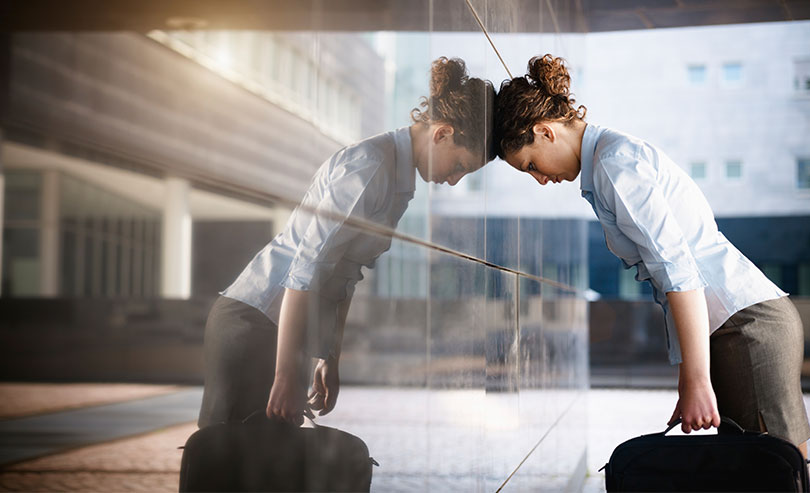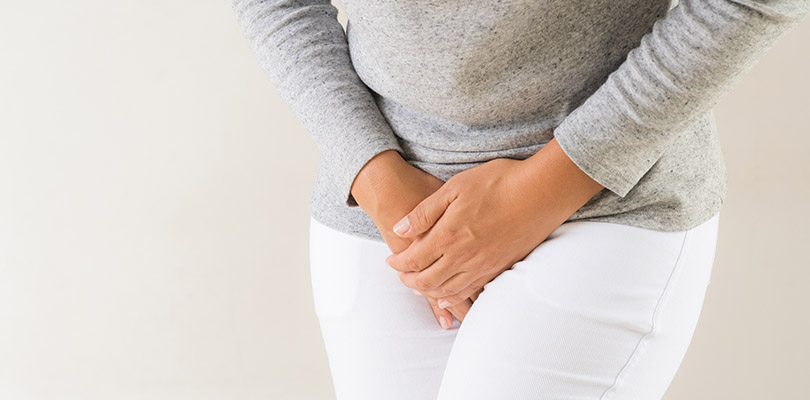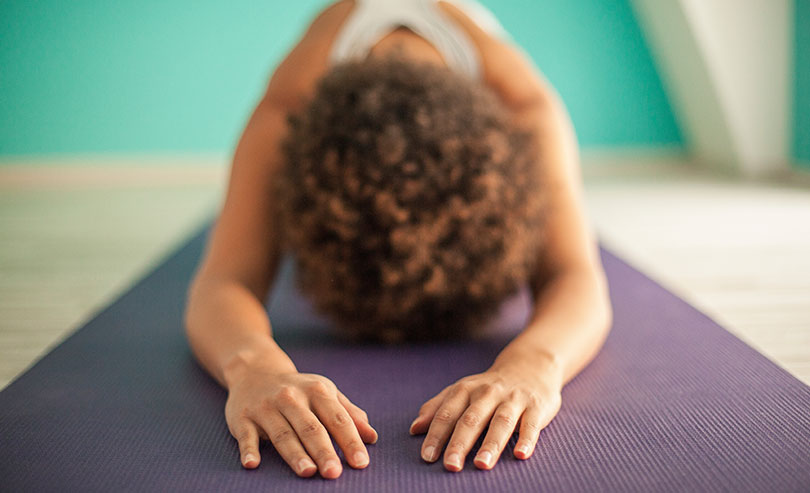Photo Credit: DragonImages / iStockphoto.com
The Hormonal Connection, and How to Counteract Its Effects
Simply put, osteoporosis is the loss of your trabecular bone density, or the inner sponge-like part of your bone. As the holes in this bone widen, the structure loses strength, leaving you at high risk for small fractures that can cause big problems. Different conditions can lead to this sort of bone loss, but the most famous (and inescapable) factor is age.
After age 35, your body begins to lose more bone than it is able to rebuild, which means your skeleton gradually weakens from this point on. However, that weakening process can speed up significantly a decade or two down the line, when most women enter menopause.
While the decline of estrogen during menopause plays a major role, hormonal changes aren’t the only culprits behind osteoporosis — and they’re not the only solutions to your bone troubles, either. Learn about what raises your risk, how to keep that from climbing, and how to safely build up bone strength for better health and less chance of injury.
Who’s at Risk?
Women are much more prone to osteoporosis than men. For every man who experiences drastic bone loss, four women will suffer the same fate. However, that doesn’t mean every women is destined to develop the disease. Aside from predictable menopausal hormonal changes, certain factors can increase your chances:
- Ancestry. White and Asian women are more likely to develop osteoporosis, while black women are less prone to the condition.
- Bone structure. Thin and petite people are at greater risk of osteoporosis, because they have less bone at the outset, which means they have less bone to lose before health risks set in.
- Family history. Although your personal health can play a substantial role in your risk for bone loss, your family history may be a more important risk factor. If a parent or grandparent showed signs of osteoporosis (like bone fractures after minor trauma), your own risk is higher.
After discussing your lifestyle, family history, and medical issues with your doctor, you might want to have a bone mineral density (BMD) test. These are painless procedures that use X-rays to unveil the density of your bones.
In general, all post-menopausal women over the age of 65 should have a BMD; if you have specific osteoporosis risk factors, it’s a good idea to get tested at an earlier age.
Keeping up Your Bone Mass After Menopause
So, you know your bones are more vulnerable after menopause, and you know how difficult it is to reverse a natural biological progression. It may seem like you’re at the mercy of your age and risk factors, but there are several ways to counteract bone loss now and for years to come.
Weight Bearing Exercise
Putting pressure on your bones may seem like a bad idea when you’re worried about fractures as you get older, but high-impact, weight bearing exercise is one of the very best preventative measures you can take. Movements that work against gravity — like running, jumping, or even dancing — strain your bones enough to build bone density.
Some of the early signs of menopause at age 40 include mood swings, hot flashes, irregular periods, and other menopausal symptoms.
While most types of aerobic exercise is good for your general health, you need to really challenge your body to get the greatest bone-building benefit. A study out of the University of Bristol found that people who ran a 10-minute mile, or who jumped off of and onto a platform at least 15 inches high, saw a lot of improvement in hip bone density.
If you can’t sustain such a high level of activity, don’t despair — evidence suggests that even less forceful movements can help maintain bone density, even if they don’t build it up. Moreover, the sooner you incorporate weight-bearing exercise into your regular routine, the longer the effects will last, and the healthier your bones will be in decades to come.
Vitamin Supplements
Calcium is an important ally in your fight against bone loss, but it can’t solve all your problems. In order to get the strengthening effect, you’ll need to take in enough vitamin D to allow your bones to absorb that calcium.
The sun is a top source of vitamin D, and just 20 minutes of sun exposure every day can be enough for your body to produce the amount it needs. However, if you can’t get all your vitamin D from the sun, fortified foods, fatty fish and supplements can make up the difference.
Just remember that you can get too much of a good thing: more than 10,000 IU of vitamin D in one day could harm your liver and possibly lower your bone mass even more. Since it can be difficult to accurately measure your intake, ask your doctor how much vitamin D you should take, and in which form to take it.
Medications
Diet and exercise can go far to protect your bones, but these aren’t always enough. For many women at risk of osteoporosis — and for those who have already experienced a fracture — medication that targets the bone structure can be an important addition to your management plan.
- Bisphosphonates (Fosamax, Actonel, Atelvia). These drugs prevent bone breakdown.
- Calcitonin drugs (Fortical, Miacalcin). These slow bone loss and can increase density in spinal bone.
- Selective estrogen receptor modulator, or SERM (Evista). This medication acts like estrogen in the body to prevent and slow the progress of osteoporosis.
As menopause research advances, more drugs are being tested and marketed to stop or slow bone loss. Of course, like any medication, most bring some chance of side effects, but in many cases the severity of complications is less than those associated with hormone therapy.
Hormone Therapy
Since a fall in estrogen plays such a big role in the onset of osteoporosis, taking in more estrogen should improve your bone mass, right? Well, not exactly. It’s very difficult to build bone mass back up after you’ve lost it, and simply increasing your hormone levels likely won’t accomplish the feat. However, studies do suggest that hormone therapy (HT) can slow down the osteoporosis process, and even prevent future bone loss.
Not all women are suited to HT, but if you entered menopause early (before the age of 45), or your BMD test shows you’re at a high risk for osteoporosis, your doctor may consider prescribing HT.
However, there are some major side effects to consider, from blood clots to cancer, so all of your medical history and personal risk factors should be taken into consideration before deciding one way or the other.

